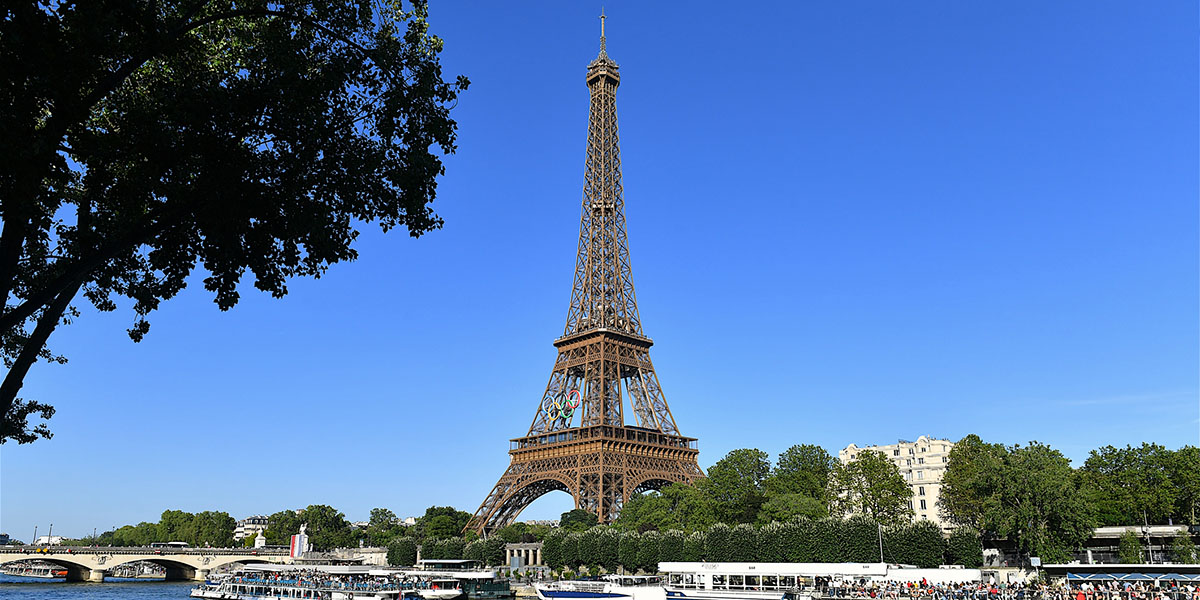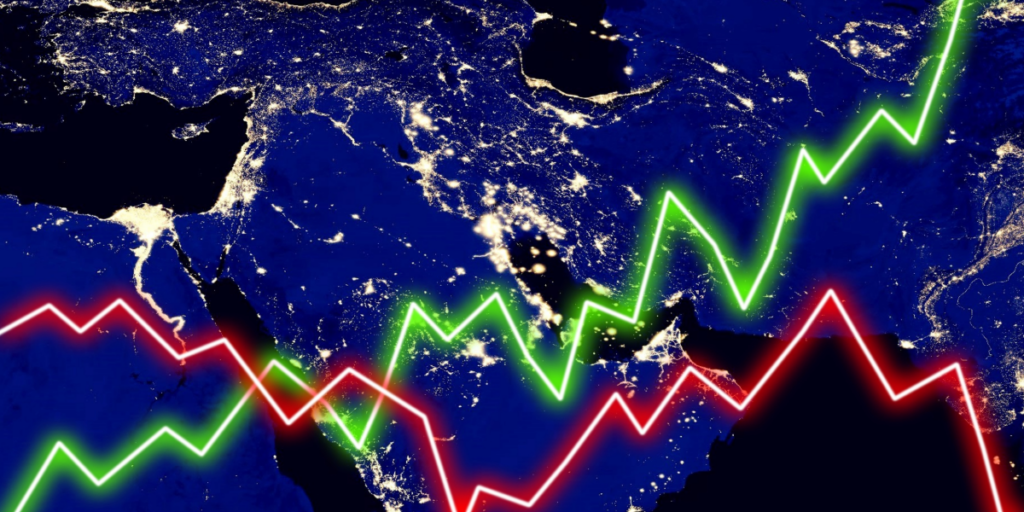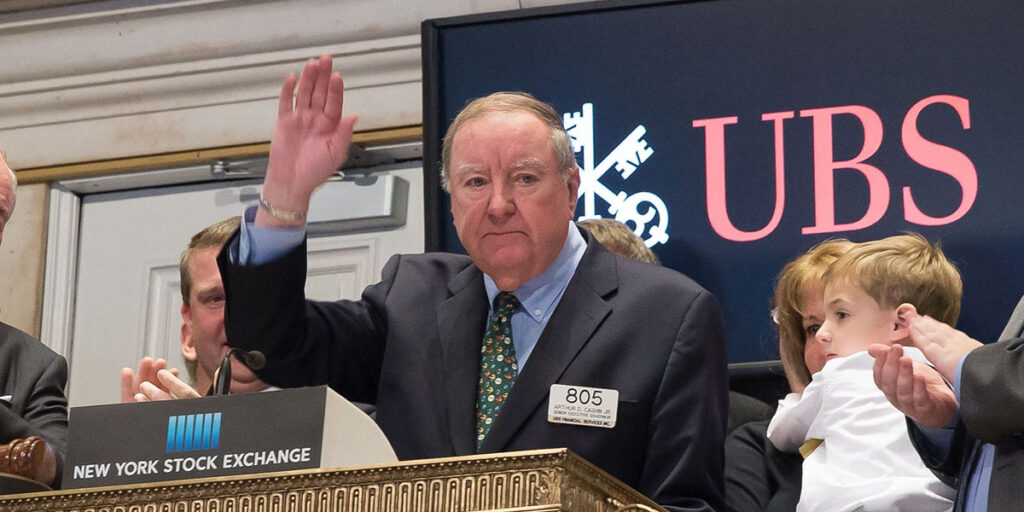For those of you who would prefer to listen:
Paris won the Gold Medal in 2024. That was the consensus from the international press, which continues to rave about this year’s Olympic Games. The Eifel Tower with the Olympic rings was a standout star, among many, which include Simone Biles, Katie Ledecky and Steph Curry. It was no guarantee, that’s for sure. One mustn’t forget that France was mired in political turmoil and snap elections due to a vote of no confidence heading into the Games. I, for one, found myself enjoying these Olympics more than most in recent years. In fairness, Tokyo had a tough go, holding the 2020 global event both delayed and during the pandemic.
NBC struck gold and its advertisers sure were elated. Viewership, measured across television and streaming, was up 80% from the Tokyo Games in 2021. NBC drew a 14-day average of 31.6 Million viewers during prime time. The network brought in a record $1.2 Billion in ad revenue for the Games. NBC Universal has the rights to the Olympic Games through 2032. Next up is LA in 2028. Tom Cruise and the Chili Peppers officially launched that Olympic campaign. Just 4 more years; They’re on the clock.
Hosting the Games historically was an economic benefit. Major investments are made in the host city and the massive influx of people is generally a boon for hotels, restaurants and cab drivers, err, Uber drivers. But recent years have tended to break the bank. China spent over $40 Billion on the 2008 Olympics in Beijing, viewing it as its introduction as the new economic power on the global stage in the Digital Age. It hasn’t exactly worked out.
The Olympic Committee was running out of cities willing to host the Games. They had become wildly expensive with little hope to make the money back, let alone profit from them. Barcelona had a budget of $3 Billion but the 1992 Games ended up costing them $12 Billion. Brazil spent $20 Billion on the 2016 Games. The 2032 Games will be back in Australia, as the city of Brisbane won the rights with no opposition. That was the first time since Los Angeles landed the 1984 Games unopposed. Perhaps Paris taught a new lesson.
Paris is the first Olympics since Sydney in 2000 to keep costs under $10 Billion. Spending on hotels in cities hosting the Olympic events rose by 16% compared with the previous year, while tourism-related sales at museums and restaurants saw a 25% increase year-on-year. I honestly thought it would be more. Hotel prices in Paris spiked to an average of €900, which equates to roughly $1,000, per night during the Olympics. That was last Fall. Initial demand was through the roof. But prices were cut in half for available rooms by Spring. Hotels throughout Paris and surrounding areas ended up just 70% full. There were deals to be had.
Growth has been a problem in Europe for a while. It’s been estimated that the Olympics would contribute 0.3% to the French Economy’s growth in the September quarter. That would be more than half the overall expected growth of 0.5%. Visa reported that foreign Olympics-related spending surged 29%. It’s estimated that the Olympics will generate a lasting economic impact of over €11 Billion or $12 Billion. It cost an estimated $8 Billion to put them on. That sure would be a nice return.
This was the third time Paris hosted the Olympics, but the first time in a century. One venue hosted events both this year and back in 1924: Stade Yves-du-Manoir. The stadium was the main site for the 1924 Olympic Games. It hosted the Opening Ceremony and many of the events, including cycling, track, horse riding, gymnastics, and tennis. Another similarity, the United States won the medal count in both.
Los Angeles sort of saved the Olympics. After the 1968 Mexico City Games and 1972 Munich Games were marked by deadly violence, and the 1976 Montreal Games experienced dramatic cost overruns, there were no other takers to serve as a host city in 1984. Los Angeles was the lone bidder. Importantly, Moscow and Tehran boycotted the Games that year. The Cold War kept a chill on the global Olympic spirit. But the Games went on. Los Angeles was able to use its existing infrastructure and stadiums. The US Olympic Committee launched lucrative corporate sponsorships and broadcast rights, which created the marketing behemoth the Olympics are today. The LA Games were considered a massive success and changed the scope of sports television.
Stating the obvious: The largest and wealthiest countries tend to do the best in the Olympics. Case in point, the United States, China and France topped the leaderboard. The US and China left Paris tied with 40 gold medals, though Team USA notched an overall victory with a total medal count of 126. China won 91. Stanford scored 39 medals. Cal scored 23. They were again the top universities represented by both current students and alumni. Go Bears.
In case you’re wondering, those gold medals are not solid gold. The International Olympic Committee requires that the medals consist of 92.5% pure silver but plated with 6 grams of gold. The IOC stopped issuing solid gold medals in 1912. The silver medals also contain 92.5% silver. Did you know that the bronze medals have no bronze? They’re made of 95% copper and 5% zinc.
So, the Olympics have concluded. Summer vacations are over. Kids are heading back to school. It’s generally a good time for retailers, setting up for the year-end rush. Retail sales grew 1% in July, far exceeding expectations. The Market took the news quite well, a key indicator that consumer spending remains robust. June was revised down to a 0.2% contraction. Back-to-school spending certainly played a role in July. The American consumer continues to prove its resiliency.
America shops at Walmart. That we know. The largest retailer reported earnings, which is always a good barometer for the American consumer. Walmart crushed it. CEO Doug McMillon said that while consumers remain value-seeking, focusing more on essentials than discretionary items, the company did not see any additional fraying of consumer health. What’s increasingly clear is Walmart continues to benefit from the slowing consumer spending trend, which has more Americans trading down on higher-ticket items and flocking to the low-cost leader.
Not all retailers are excelling. That was evident with Home Depot. The company lowered guidance for the rest of the year, acknowledging the slowdown in consumer spending. People continue to push out big projects and the purchase of large items and appliances. That’s been a theme all year. But interestingly, Home Depot’s stock took the news in stride, jumping 5% this week. Does that suggest the slowdown is already priced in and Fed rate cuts ahead are coming to the rescue?
Bond yields have already moved sharply lower. That’s the Market indicating the Fed is behind the curve. As borrowing costs continue to decline, mortgage refinancing saw its biggest increase since the early days of Covid. The refi index surged 34.5% in just a week. It spiked by 118% when compared to the same week a year ago. The price of money has fallen and is starting to make a difference.
Inflation has been the big nag. Fortunately, price increases continue to slow. Inflation came in below 3% for the first time since 2021. That’s the good news. The problem is the cumulative price increase since 2019 is close to 30%. We experience it every day. The Market has adjusted its expectations for a September rate cut in the wake of the economic releases. Expectations have moved wildly, and quickly. A month ago, the Market assigned just an 8% probability of a ½-point cut. A week ago, it jumped to 55%, in response to the crash in Japan. Today, the probability sits at 26%. It’s 100% probable for a ¼-point cut. The Fed meeting is a month away. Of course anything can happen. But it seems pretty clear a rate cut is coming.
The Stock Market had its best 7-day run this year, bouncing hard off the Japanese crash levels from last week. It was the best week on the year. Stocks went from overbought to oversold back to overbought in a month. The volatility has been palpable. The S&P erased all the losses for August and is just 2% below its all-time high reached in July. Fear has abated again with a return of the soft-landing narrative, supported by the largest increase in retail sales since January of 2023 and slowing inflation. A lot of good has been built up again in this Market with definite expectations baked in. The Fed will be hosting a summit next week in Jackson Hole. All eyes will be on central bankers in Wyoming. Those eyes will quickly turn to the earnings report from the AI King out of Santa Clara the following week. It will definitely move markets.
It’s not just those medals that shine. Gold hit another fresh, all-time high Friday. Would you believe that the precious metal is up 30% in a year? Gold has definitely made the Market podium in 2024. And those Olympic gold medals are worth nearly $1,000 based on the $2,500+ per Troy ounce the precious metal trades at today. Of course, that gold is priceless to those who have committed their lives to achieving excellence at the highest level. It’s something special to see what people can do with natural talent, hard work and dedication.
Beyond the Olympics, life is full of golden opportunities. The key is to recognize them and then actually do something about it. One doesn’t need to reach an Olympic podium to be great. Greatness can be found anywhere. Just find your talent, set a high bar and commit to constant improvement. That’s where greatness lives. Spread the word.
Have a nice weekend. We’ll be back, dark and early on Monday.
Mike







